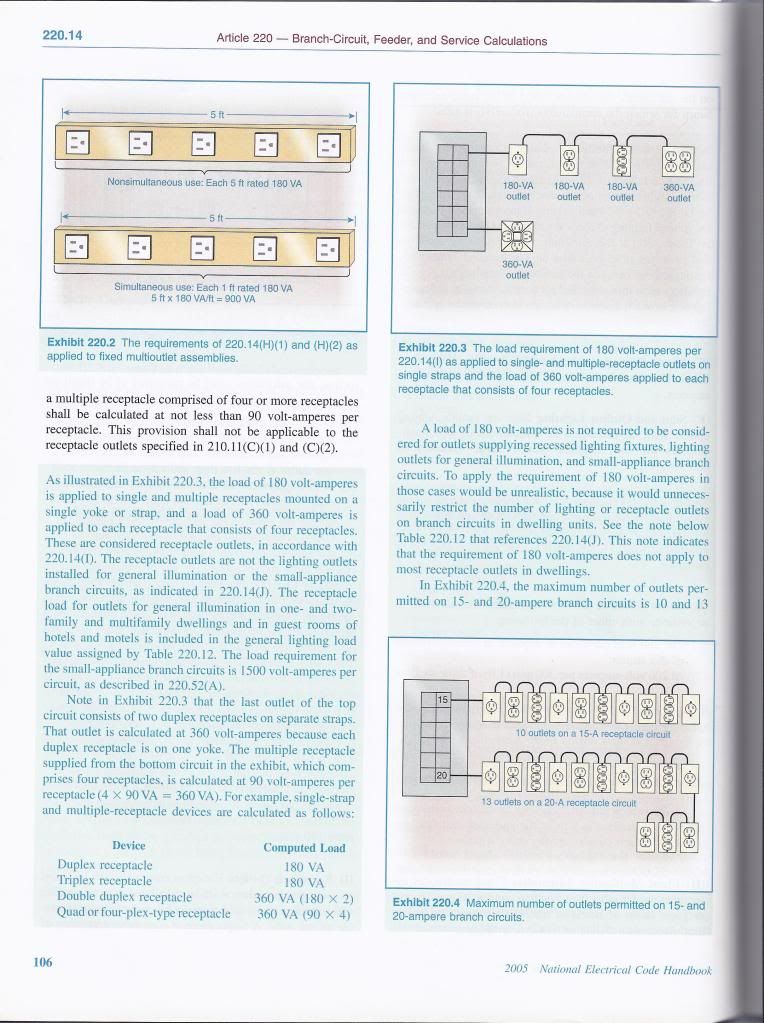Daniel Palmquist
Member
- Location
- Las Vegas, Nevada, and California
What is the maximum number of receptacles (other than dwelling unit) that can be installed on a 15 and 20 ampere 120 volt circuit?
A) 9, 12
B) 8, 14
C) 10, 13
D) Unlimited
A) 9, 12
B) 8, 14
C) 10, 13
D) Unlimited


